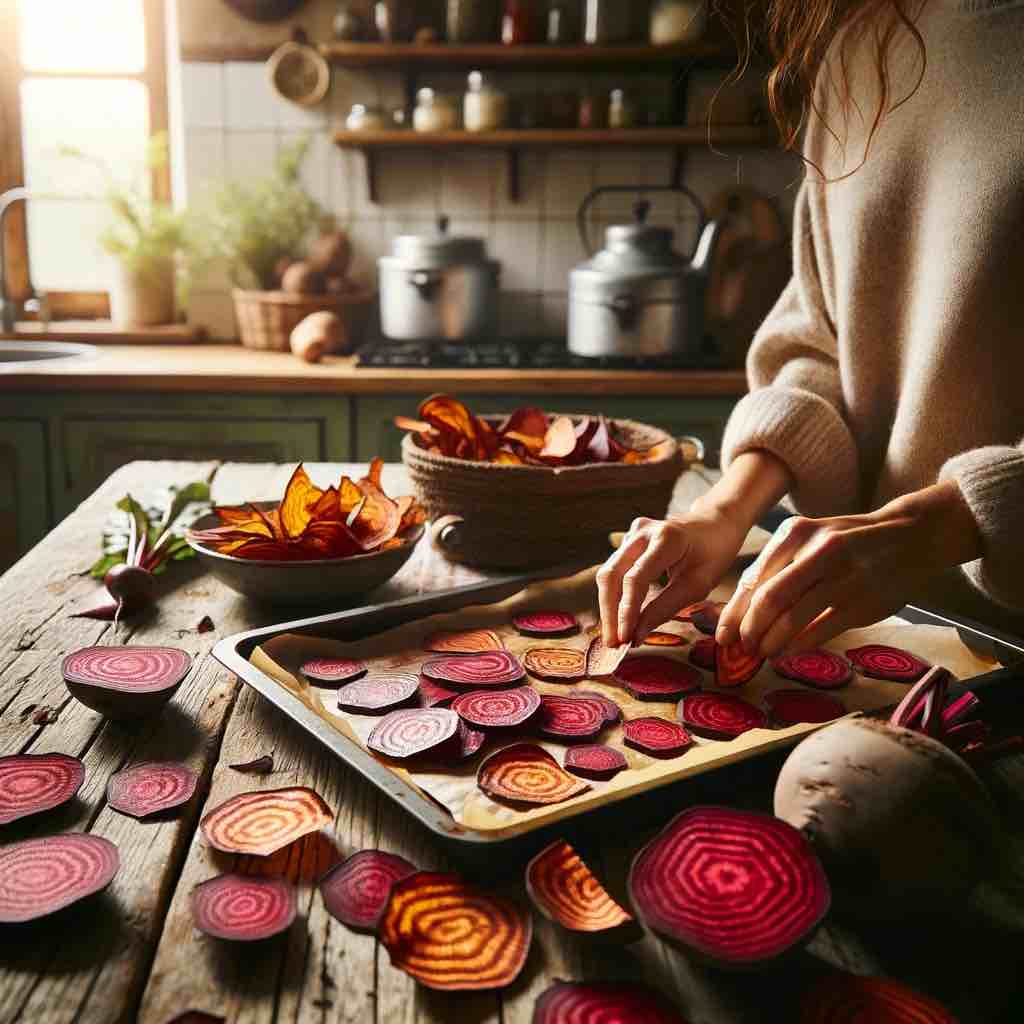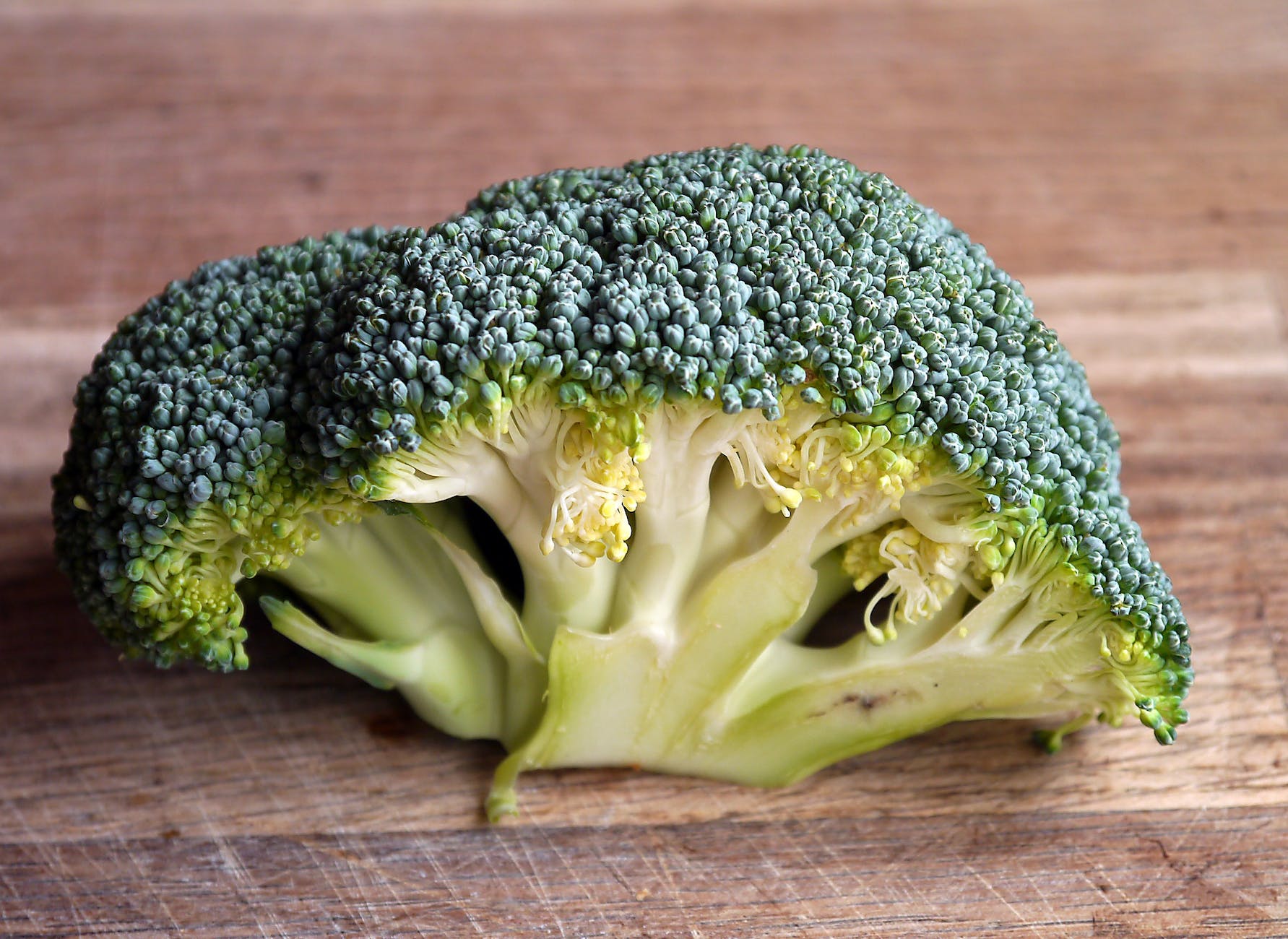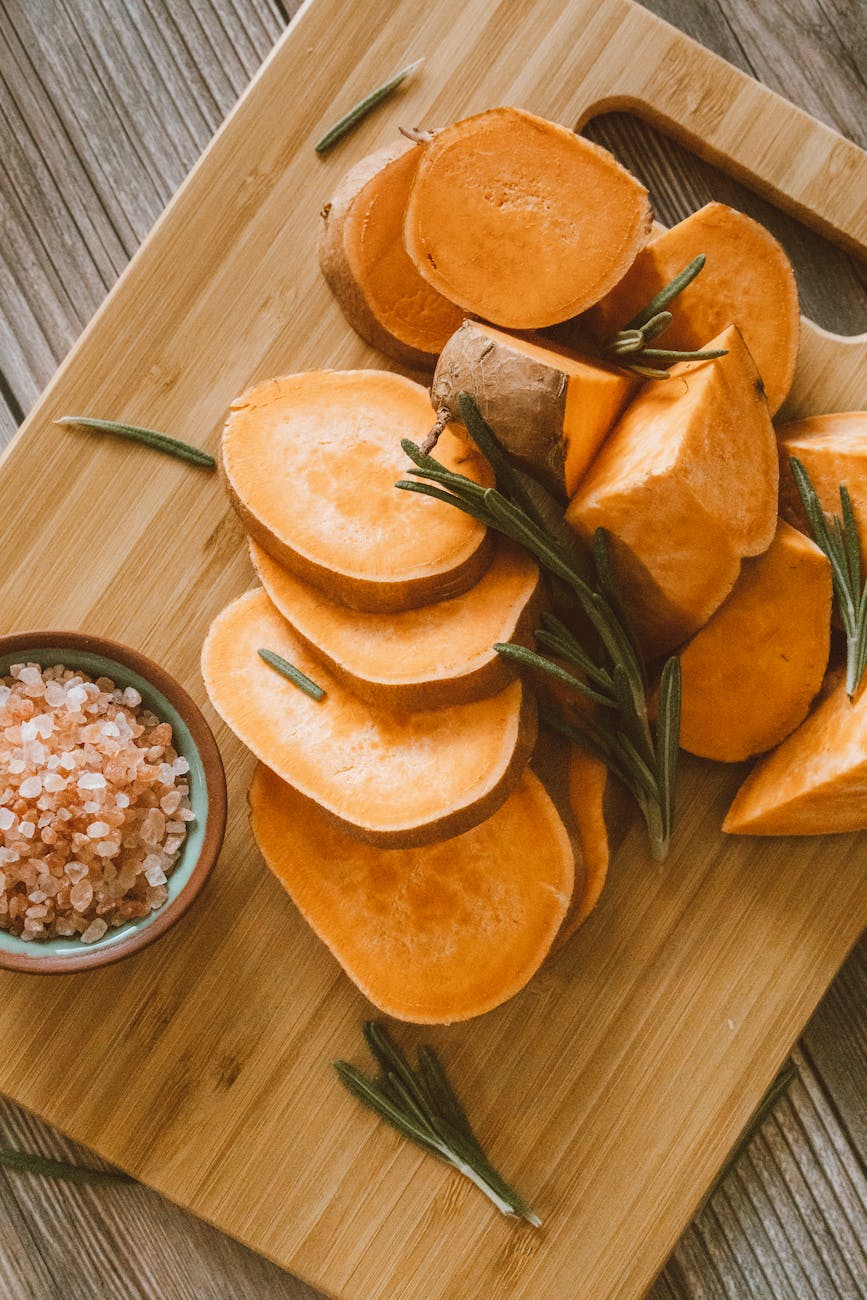
Sweet potatoes, often overshadowed by their starchy counterparts, are finally having their moment in the nutritional spotlight. This vibrant root vegetable is not just a feast for the taste buds but also a cornucopia of health benefits, making it a must-have in your dietary arsenal. From their rich, earthy flavor to their impressive nutritional profile, sweet potatoes are the unsung heroes of the culinary world. Let’s dive deep into the world of sweet potatoes, exploring their health benefits, nutritional content, culinary versatility, and much more.
Sweet Potatoes: A Nutritional Powerhouse
Sweet potatoes are a nutritional powerhouse, packed with vitamins, minerals, fibers, and antioxidants. They are particularly rich in beta-carotene, which the body converts into vitamin A, crucial for maintaining healthy vision, skin, and immune function. But the goodness doesn’t stop there; these tubers are also loaded with vitamin C, potassium, and dietary fiber, all while being low in calories. This makes them an excellent ally in combating oxidative stress, supporting heart health, and promoting digestive wellness.
Unleashing the Health Benefits
- Immunity Booster: The high vitamin A content in sweet potatoes strengthens the immune system, making it more efficient at warding off infections.
- Heart Health Hero: With a significant amount of potassium, sweet potatoes help in regulating blood pressure levels, thus reducing the risk of heart disease.
- Weight Loss Wonder: High in fiber and water content, sweet potatoes keep you fuller for longer, aiding in weight management and appetite control.
- Glycemic Guardian: Despite their sweetness, sweet potatoes have a low glycemic index, making them a great choice for blood sugar regulation.
- Inflammation Inhibitor: The vibrant orange hue of sweet potatoes isn’t just for show; it’s a sign of the powerful antioxidants that help reduce inflammation throughout the body.
Culinary Creativity: Sweet Potatoes in the Kitchen
Sweet potatoes’ versatility makes them a star ingredient in any meal. From savory soups and salads to sweet desserts and smoothies, there’s no limit to how you can incorporate them into your diet. Here are a few ideas to get you started:
- Morning Boost: Kickstart your day with a sweet potato breakfast hash, a perfect blend of savory flavors and nutritious goodness.
- Lunch Delight: Toss roasted sweet potato cubes into your salads for a nutritious lunch that packs a punch.
- Dinner Masterpiece: Sweet potato shepherd’s pie offers a comforting and healthy twist on a classic dish.
- Snack Time: Sweet potato chips baked with a sprinkle of sea salt make for a crunchy, guilt-free snack.
Selecting, Storing, and Preparing
Choosing the perfect sweet potato is simple; look for smooth, firm skins and avoid any with soft spots or blemishes. Store them in a cool, dark place to preserve their freshness. When it comes to preparation, the possibilities are endless. Whether baked, boiled, steamed, or grilled, sweet potatoes retain their nutritional value and offer a delicious taste in every bite.
Sweet Potatoes in Folklore and Medicine
Sweet potatoes hold a place of honor in many cultures, not just as a food source but for their medicinal properties. They’ve been used to treat a variety of ailments, from inflammation to digestive issues, showcasing their importance in holistic health practices.
The Sweet Potato Challenge
In a world where diet trends come and go, the sweet potato stands the test of time. We challenge you to incorporate sweet potatoes into your meals for one week. Observe the changes in your health, energy levels, and overall well-being. We bet you’ll be pleasantly surprised!
Sweet potatoes are more than just a side dish; they’re a nutritional goldmine waiting to be explored. By incorporating these vibrant tubers into your diet, you’re not just enhancing your meals; you’re boosting your health, one delicious bite at a time. Embrace the sweetness and versatility of sweet potatoes and let them transform your culinary adventures and wellness journey.
Blog Tags: Sweet Potatoes, Superfood, Nutritional Benefits, Culinary Uses, Immune Boosting, Heart Health, Weight Loss, Blood Sugar Control, Anti-inflammatory, Healthy Recipes











